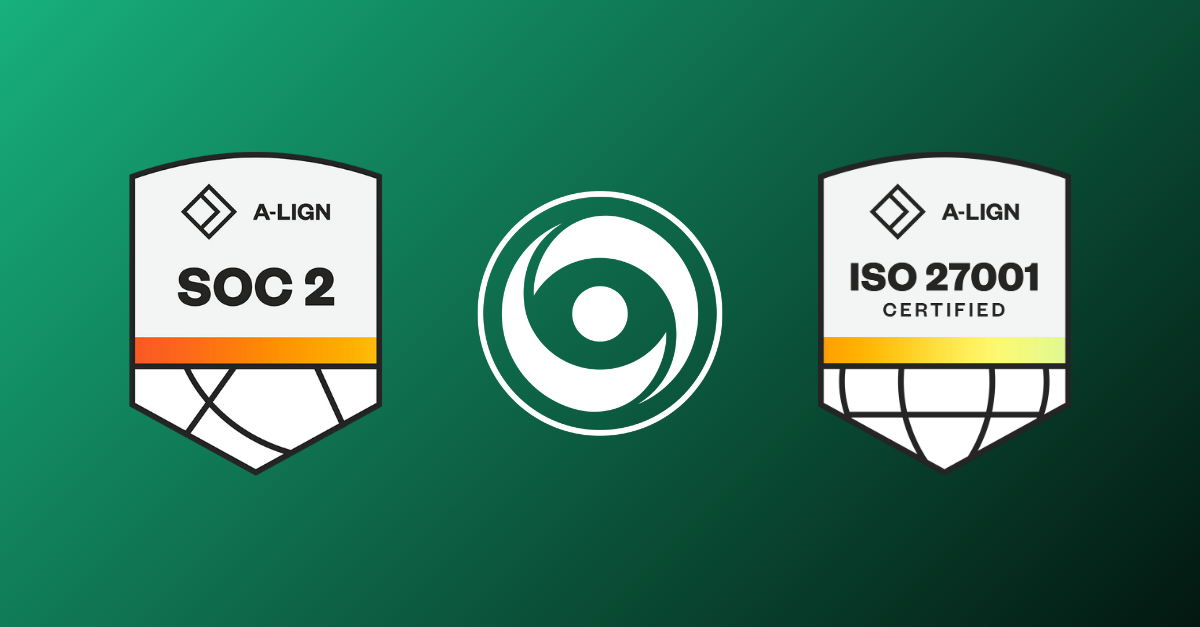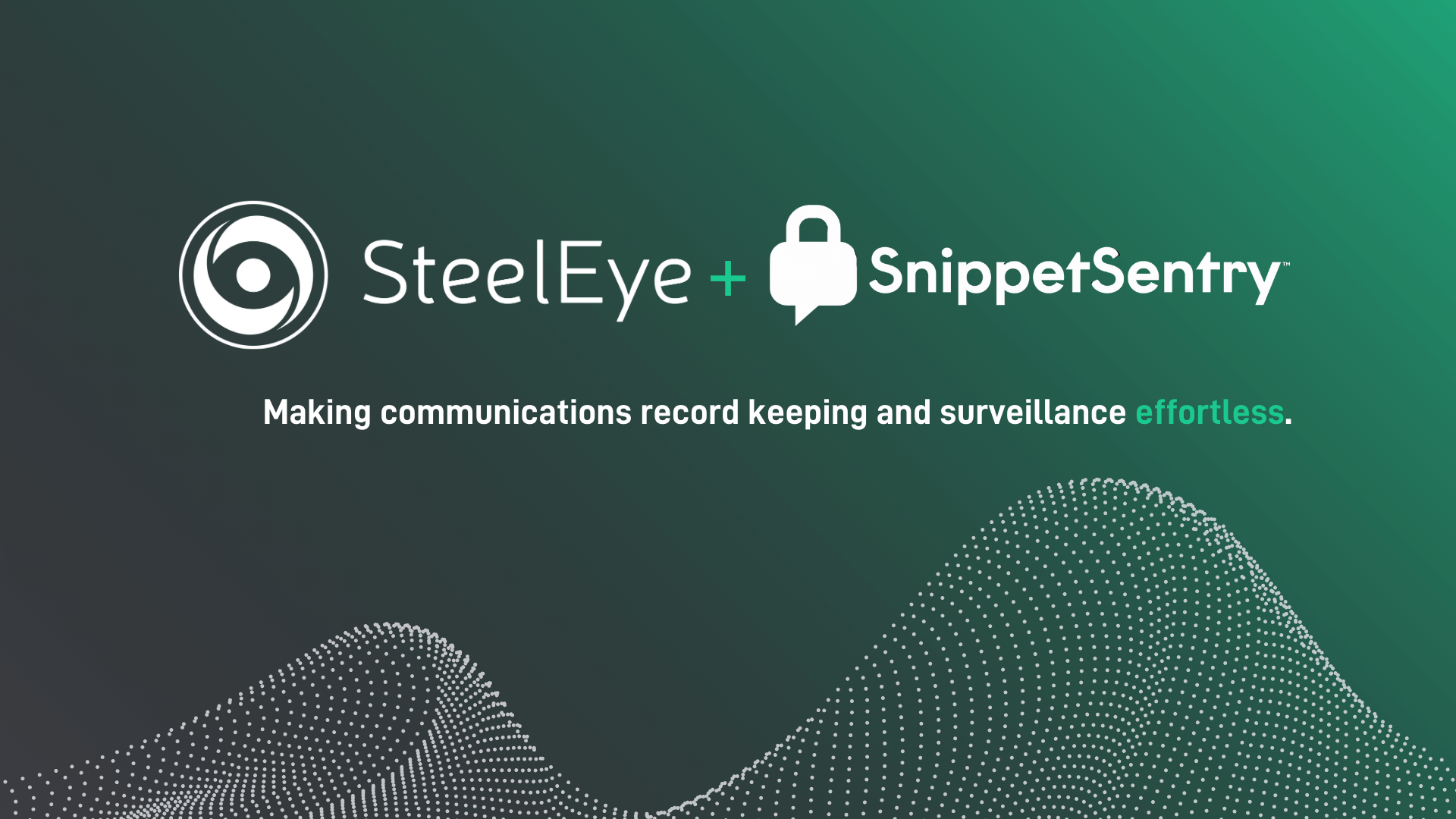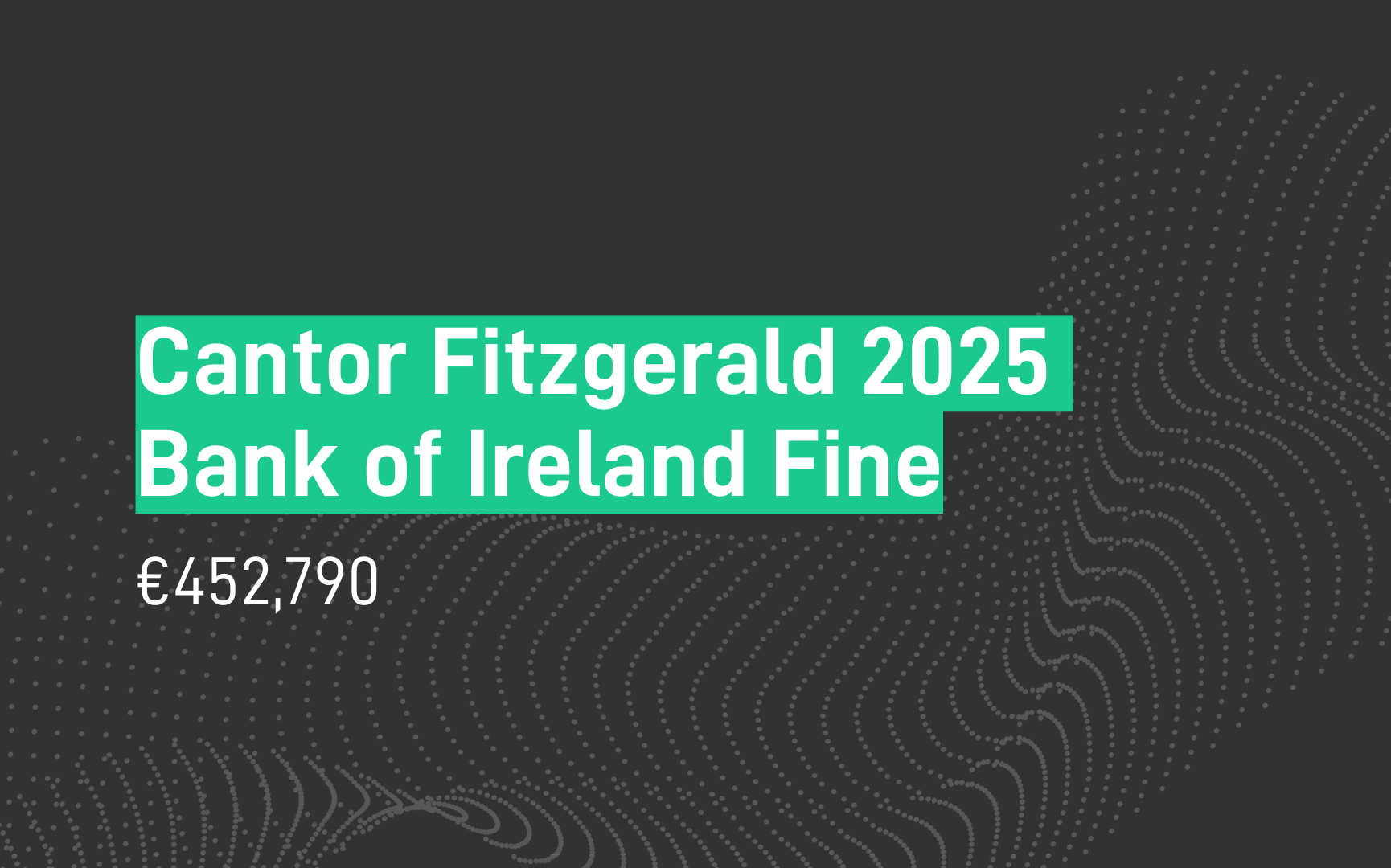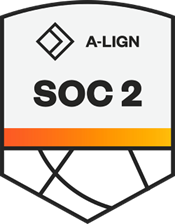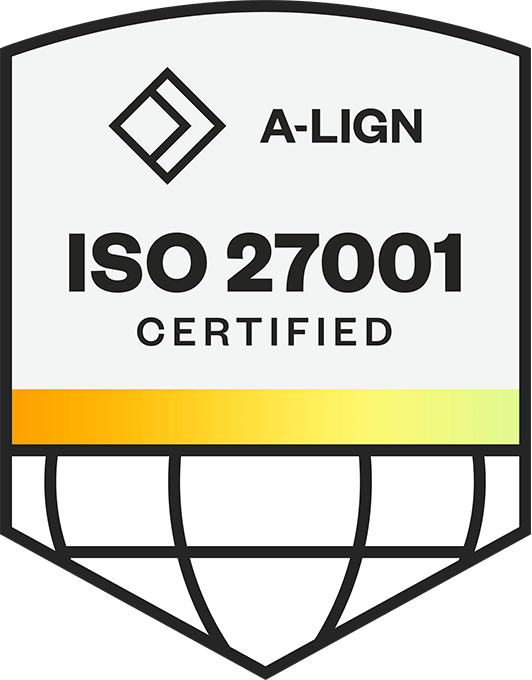Investment in trading technology
Like we learned at last year's TradeTech Europe 2020 event, investment in technology has remained high. In fact, the increasingly complex and volatile trading environment over the past 15 months has led teams and traders to think more about the toolkits they need - which in turn has translated into more research and investment in tech. For example, a lot of efforts have gone into automation which we cover below.
There has also been a lot of focus on workflows and how to increase efficiency – where alignment with other areas of the organisation was highlighted as a key of opportunity.
Increased use of alerting for risk management and best execution
There has been an acceleration towards alerting for risk management and to optimise executions. To manage risk, firms are using alerts to highlight exceptions and when certain conditions are met, for example when an execution falls outside an order execution policy or is far away from the market price. There has also been a broader use of alerting around best execution to better manage orders and access liquidity. Firms are focussed on getting smarter around how they trade by leveraging and getting answers from their data.
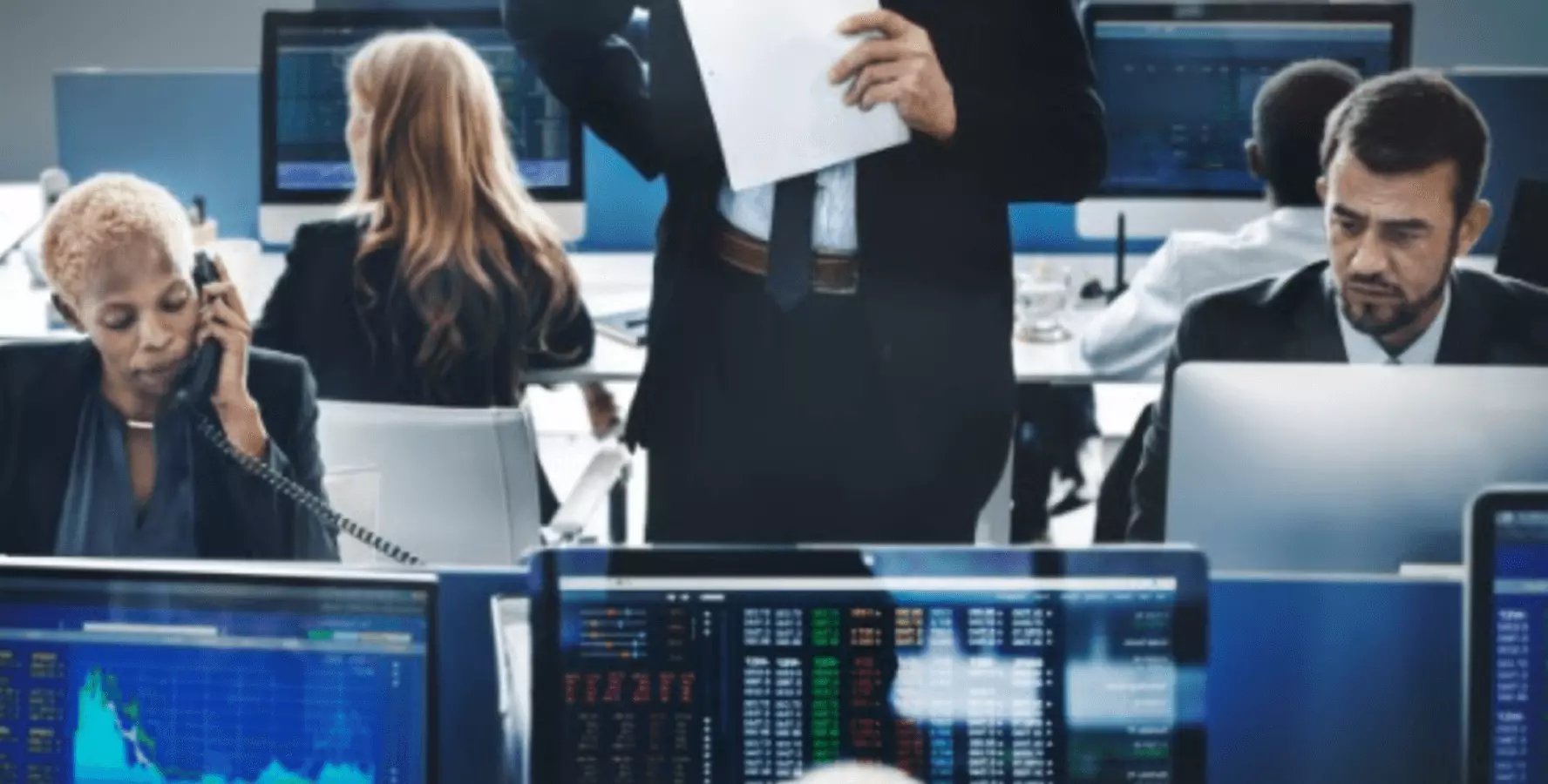
Trading Automation
Increased automation was at the forefront of most panels at TradeTech Europe 2021. The buy-side is particularly focussed on automation. There has also been a shift to a more qualitative mindset – driven by the electronification of the market – where buy-side firms want to make data-driven decisions.
What are the drivers for automation within the buy-side?
TradeTech Europe 2021 revealed 4 key drivers for automation within the buy-side:
-
Time management
-
Execution optimisation
-
Risk reduction
-
Client demand
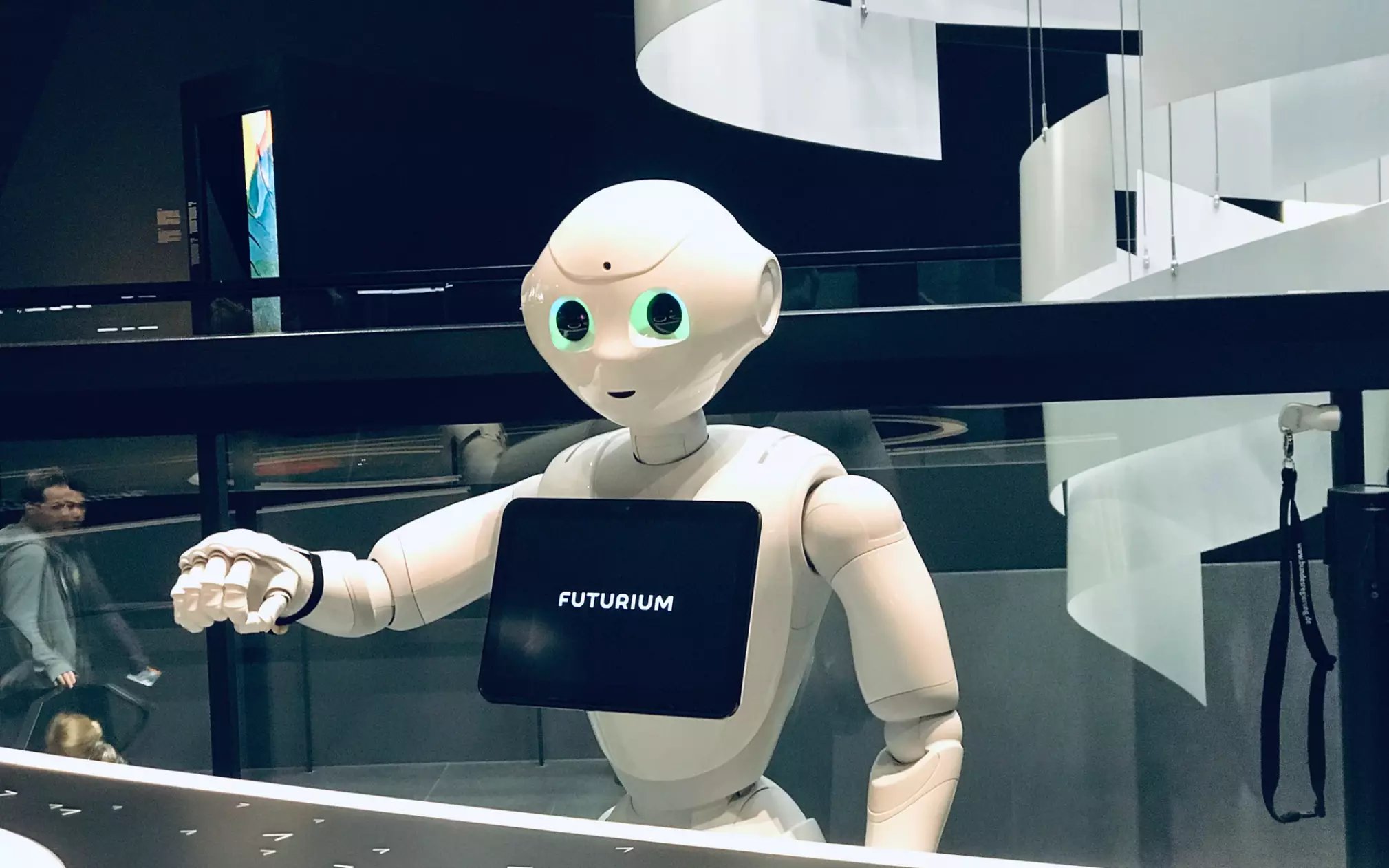
1. Time management – Increasing order volumes
The trading landscape is becoming increasingly complex, with growing order volumes and diversified asset classes. Desks are not getting more headcount – so efficiencies must be identified to handle additional workloads.
2. Execution optimisation – Electronification
The shift towards electronic and algorithmic trading is in part driven by the increased order volumes but also by a need to optimise executions and trading costs. Many firms are looking to automate so that they can free up time that can be spent on more complex and larger trades.
3. Risk Reduction – Increased Regulation
Reduction of risk and trading costs is a core objective of all trading desks. MiFID II has played a significant role in driving buy-side firms to automate processes and workflows. The changes to the best execution rules have increased the pressure on trading teams to manage risk and reduce costs for clients. Automation of data and analytics can help firms:
4. Clients are becoming more demanding
Clients are not only getting more savvy, but they are also becoming more demanding of things like Transaction Cost Analysis (TCA). Clients want more comprehensive and regular insight into the performance of their portfolios. Automation and technology can help supply this information in a seamless way, freeing up time so that trading teams can focus elsewhere.
Whilst these areas were highlighted at TradeTech Europe as drivers for automation, it was also noted that for automation to work, firms need technology that can harvest, normalise, and clean the right type of data. Applying AI and automation to legacy systems and inadequate data will only create more manual workaround and complexity.
Multi-asset trading desks
Multi-asset trading has over the last year become a key differentiator as clients become more demanding of the services they are offered. Last year, the focus at TradeTech Europe was on the increasing pressure on firms to establish multi-asset teams. This year, the emphasis was on how to make them work effectively.
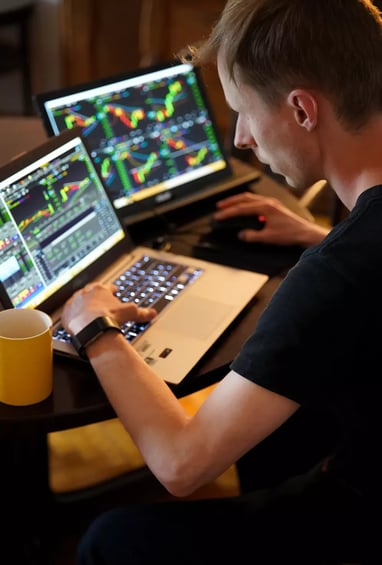
Why multi-asset trading and why now?
It was highlighted at TradeTech Europe that clients have become increasingly demanding on having the same experience across all asset classes – which is driving the need for firms to support multi-asset trading desks. There is also a lot of value in having a mix of skills on a desk as it can improve collaboration, knowledge sharing and overall results.
How can multi-asset trading be facilitated?
New technologies have certainly facilitated with the establishment of multi-asset trading. The advent of electronic trading has also helped as it allows automatic processing of smaller trades, leaving specialists free to manage larger and more complex trades.
However, complexities arise when trying to standardise approaches across asset classes. For example, TCA is an area that has been difficult to standardise, and that can be a challenge to do at all for less liquid instruments. Like TradeTech 2020, many emphasised in 2021 that assets are different and need to be treated differently. Whilst teams have merged, trading modes are still separate and require separate tools.
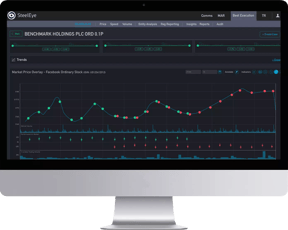
|
Meet your Best Execution requirements while improving your Trading Performance with SteelEye's TCA
|
Data as the key to success in electronic and multi-asset trading
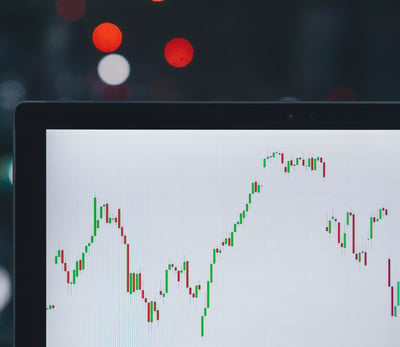
Like in 2020, data was highlighted at TradeTech Europe 2021 as a vital puzzle piece to meet today’s trading challenges. Not only is data beginning to be viewed as a new asset class – where investing in data has become a differentiator – but it is recognised also a crucial element for electronification.
As mentioned in the first section of this blog, electronification is key for addressing the growing order volumes and demand for multi-asset trading without increasing headcount. Firms need to transact in a more digital and automated way – and the only way to do this is to focus on data.
Whilst we have seen a lot of individual solutions for specific challenges in the FinTech and RegTech space, it was highlighted at TradeTech Europe that firms now want more holistic solutions that bring data together. It has become prohibitively complicated and costly to support multiple vendors and platform – and firms are moving towards broader systems that can offer a more seamless experience.
To support multi-asset and electronic trading, firms need collaborative technology that allows them to bring together any instrument, asset class, and communication. From a compliance perspective, firms also need oversight of all their trading activities in one place to make sure policies and rules are being met.
Alternative data
Alternative data has certainly become more of a trend over the past year where Covid-19 has allowed people and teams to focus more on these data sets.
The use of alternative data is important to driving enhanced decision making and can, for example, be used as a signal for something that may be driving markets or prices. However, as with all data, accuracy is a key concern and it is important that firms ensure that their alternative data sources are reliable before basing decisions on information gained from these data sets.
TCA changes
TCA and real-time reporting requirements have been ramped up significantly due to regulatory pressures.
The application of TCA is however changing somewhat. Traditionally it has been used for performance metrics and best execution calculations. It is now being applied to new user cases to, for example, model trading strategies and identify new opportunities.
Trading desks are also actively looking to become more efficient, and the application of AI and ML in TCA was highlighted as a technology that can help firms sift through volumes of data to identify patterns and opportunities more quickly.
It was noted that how TCA is presented is becoming more important and traders need to be able to “slice and dice” data. This is why interactive dashboards are important, as long as they can show both trends and past performance.
The future of work
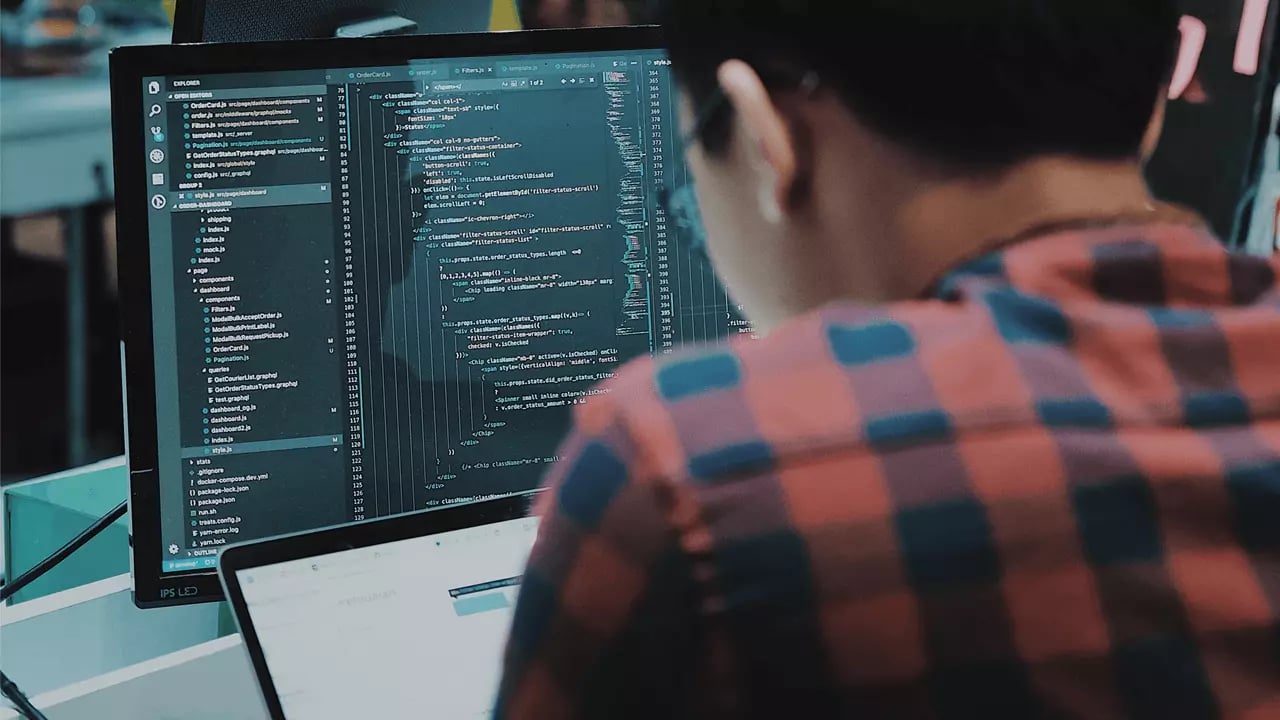
The events over the past 15 months have supercharged digitalisation and the need for a business model that supports a fully distributed workforce. While there are several operational considerations that make it riskier for firms to support home working – which is why some trading desks have remained in the office throughout the pandemic – there is also now a general wish for workplaces to be more flexible. As a result, it is likely that a hybrid model will be implemented across many firms. It is important that firms think carefully about how they bring this forward.
There is not a one-size fits all and while some aspects of a traders role that can be done at home, other areas are better handled in the office.
About SteelEye:
At SteelEye, we transform compliance through data innovation – making data that otherwise wouldn’t work together, work. This enables financial firms to effortlessly and accurately comply with a range of regulatory obligations, and gives you full visibility and control of your trading and compliance operations, with cutting-edge analytics that provide timely insights on risks and opportunities.
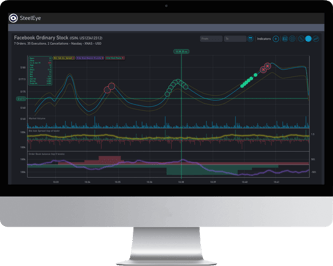
|
Let us show you how we simplify compliance
We’ll give you a tour of our platform, so you can see how data-driven compliance drives better results.
|








